What I Learned About Storing Onions & Potatoes Together
Many people store onions and potatoes together out of habit or convenience, but this common practice can shorten their shelf life and lead to faster spoilage. While both vegetables prefer cool, dry, and dark environments, placing them side by side in the pantry creates conditions that accelerate decay.
Onions release ethylene gas, a natural compound that speeds up the ripening process. When stored near potatoes, this gas encourages them to sprout and soften more quickly. At the same time, potatoes give off moisture as they sit, which can cause nearby onions to become moldy or mushy.
Understanding how these vegetables interact helps you make smarter storage choices. By keeping them apart, you protect their quality, save money, and reduce food waste. Simple changes—like using separate baskets or storing one in a different part of the pantry—make a big difference.
If you’re investing time and money into buying fresh produce, storing it in a way that preserves freshness and flavor makes sense.
In this post, I’ll break down the science behind why you should never store onions and potatoes together, explain the best storage methods for each, and offer tips to help you keep your pantry organized and your produce in top shape.
Why Not Store Onions and Potatoes Together?
| Issue | Description |
|---|---|
| Ethylene Gas from Onions | Onions emit ethylene gas, which speeds up ripening in many produce items. Potatoes exposed to this gas sprout prematurely, turn soft, and may develop green, bitter spots containing solanine—a natural toxin. |
| Moisture from Potatoes | Potatoes release moisture over time, especially in poor storage conditions. This moisture promotes mold and rot. Onions, which need dry environments, can become soft, slimy, or moldy when exposed to excess humidity. |
| Accelerated Spoilage | Storing onions and potatoes together shortens their shelf life. Onions trigger sprouting in potatoes, while potatoes increase moisture around onions, causing them to rot. |
| Better Storage Options |
|
What About Garlic or Ginger?
Garlic and ginger are pantry staples like onions and potatoes, but their storage needs differ slightly. Here’s how they interact and how best to store them:
| Item | Best Storage | Avoid | Shelf Life |
|---|---|---|---|
| Garlic | Cool (not cold), dry, dark, and well-ventilated space | Refrigeration (can sprout or become rubbery); plastic bags (trap moisture) | Several weeks to a few months if stored properly |
| Ginger |
|
None specifically, but avoid sealing tightly without ventilation when refrigerated | A week at room temp; up to a month or more in the fridge |
Other Vegetables Sensitive to Ethylene Gas
Many vegetables you store in the refrigerator are sensitive to ethylene gas, but what about those vegetables you typically don’t store in the refrigerator? Some, like sweet potatoes, turnips, pumpkins, and watermelon, are highly sensitive to ethylene gas, so keeping them away from those high ethylene producers is essential.
Solution for Storing Fruits & Vegetables
Besides buying commercial products to reduce ethylene gases, the best solution to prevent ethylene gas from shortening the shelf life of your daily vegetables and saving you big bucks over time is to keep those that emit a large amount of this gas away from those sensitive to it as much as possible.
Here’s a quick chart to help you figure this out:
| Ethylene Producing Foods | Ethylene Absorbing Foods |
|---|---|
| Apples | Apples |
| Apricots | Asparagus |
| Avocados (ripe) | Avocados (ripe) |
| Bananas (ripe) | Bananas (unripe) |
| Berries | Berries |
| Cantaloupe | Bok Choy |
| Cherries | Broccoli |
| Cucumbers | Brussels sprouts |
| Cranberries | Cabbage |
| Figs | Carrots |
| Green onions | Cauliflower |
| Guavas | Chard |
| Grapes | Cucumbers |
| Kiwis | Eggplants |
| Mangoes | Green beans |
| Melons | Kale |
| Papayas | Leafy Greens |
| Passion fruit | Leeks |
| Peaches | Melons |
| Pears | Mushrooms |
| Persimmons | Okra |
| Potatoes | Parsnips |
| Quince | Peaches |
| Tomatoes | Peas |
| Peppers | |
| Prunes | |
| Radishes | |
| Salad Mixes | |
| Spinach | |
| Squash | |
| Sweet Potatoes | |
| Turnips | |
| Watermelon |

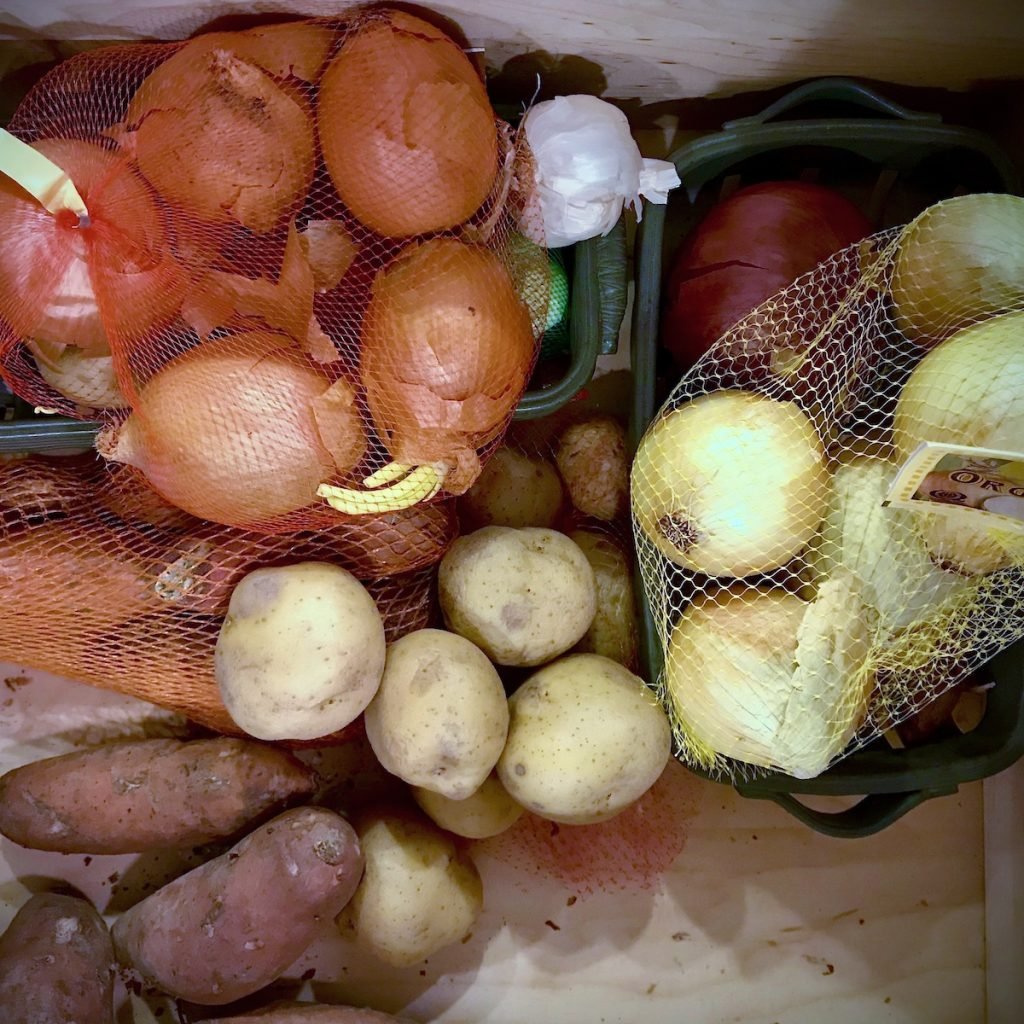
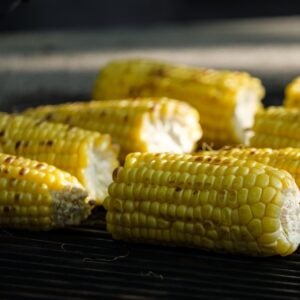

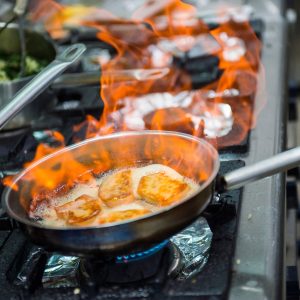
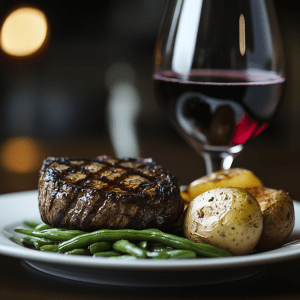
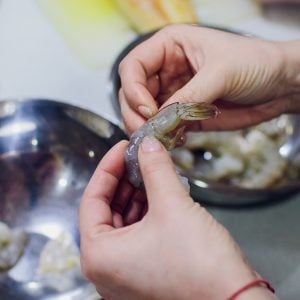
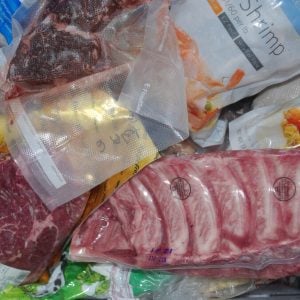
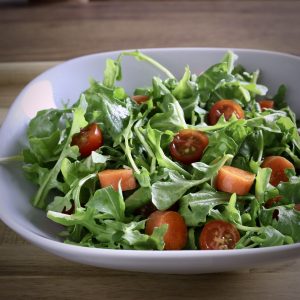

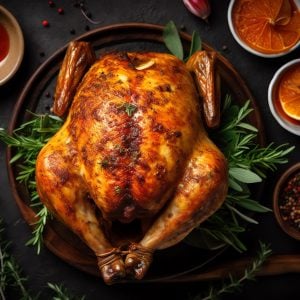


5 Responses
Helpful article but it still doesn’t really address my issue. Everybody agrees you shouldn’t store onions and potatoes together. But nobody says HOW far apart is enough. I’m close to finishing a pantry and and need to decide HOW far apart my potatoes need to be from my onions….inches? Feet? How close? How far?
Store potatoes and onions at least a few feet apart in your pantry. Onions release gases that cause potatoes to sprout, while potatoes emit moisture that can spoil onions. Keep both in cool, dry, and well-ventilated areas, but never together. Use separate containers or shelves to extend freshness and prevent premature spoilage. Avoid plastic bags for either.
Many flowers are also sensitive to ethylene gas – The typical grocery store location of cut flowers next to the fruits and vegetables significantly shortens the life span of flowers. Costco is a great place to get flowers because in addition to having fantastic prices, they keep their flowers far away from fruits and veggies, usually at the opposite corner of the store .
That is so true Rose. I find the flowers over by the clothing and pharmacy products.
I’m not satisfied with the explanation that “they both emit moisture.” If that’s the case, why aren’t the rules of thumb “don’t store potatoes with potatoes” and “don’t store onions with onions”? It does seem like there is an interaction between stored onions and potatoes, but moisture cannot be the whole story. I do get that ventilation is my friend, though.